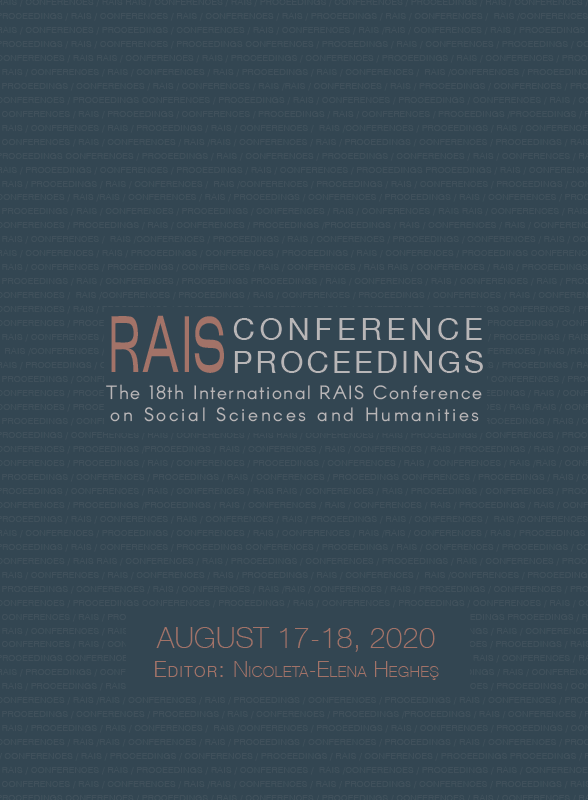North Indian Classical Temple Architecture: A case-study of Masrur Temple, Himachal Pradesh, India
North Indian Classical Temple Architecture: A case-study of Masrur Temple, Himachal Pradesh, India
Author(s): Shuchita Sharma
Subject(s): Architecture, Visual Arts
Published by: Scientia Moralitas Research Institute
Keywords: Kangra; Temple Architecture; Nagar Temple; Vastushastra;
Summary/Abstract: The temples are most outstanding form of India’s sacred architecture. Temples are conceived as a receptacle for an image of the saviour or deity who is worshiped there. Generally, temple is defined as a building dedicated to deity and worship or it is a place of worship. Masrur, in the Kangra district, is an important site in the Himalayan region with a view to study Hindu temple architecture. Masrur is amazing monolithic rock-cut curvilinear Shikhara type temple; probably it is singular example in the North India of its kind. The temple of Masrur is an extensive rock-cut temple complex with the central part, roughly 160X105 ft., showing a large east-facing Shiva temple as nucleus enclosed by eight subsidiary shrines. On the extremities of the longer side are excavated two medium sized temples, each facing the transverse direction and surmounted by four satellite shrines. The architectural and iconographical plan of the complex, the Masrur complex fits in between the Gupta architecture and the typology of overall character of the temples dated to the tenth and eleventh centuries those of Central India, Rajsthan and Gujrat. Regarding the dating of the Masrur, Professor C Shivarammurthi writes “Since the carving is very pleasing and follows the Gupta idiom- though very much more advanced in style- this must be eight-century work”.
Book: Proceedings of the 18th International RAIS Conference on Social Sciences and Humanities
- Page Range: 256-261
- Page Count: 6
- Publication Year: 2020
- Language: English
- Content File-PDF

